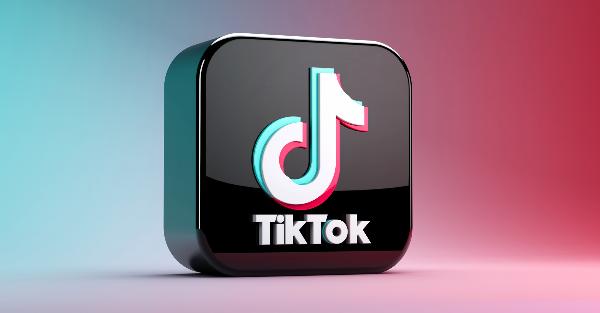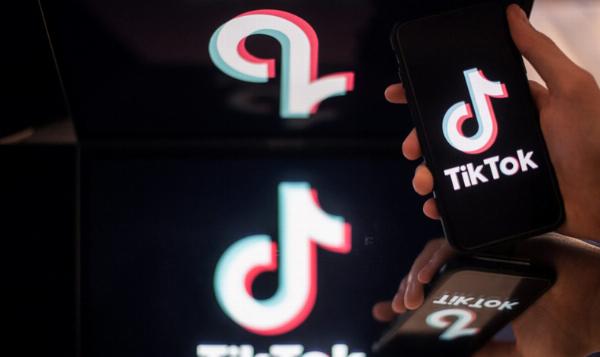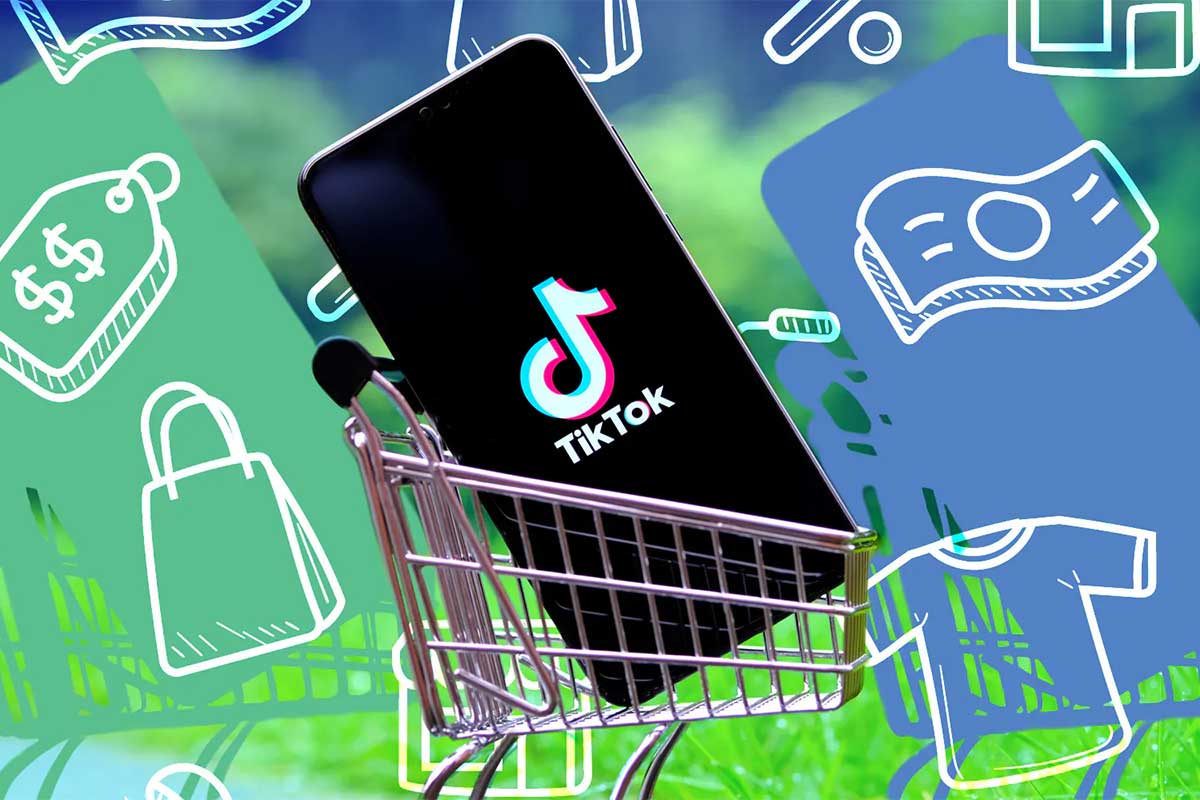 Schema + Rich Snippets – Dominate Search with Visual Results!
Schema + Rich Snippets – Dominate Search with Visual Results!
How to Build a TikTok Clone: A Comprehensive Guide for Aspiring Developers
Written by vativeApps » Updated on: June 17th, 2025

In today’s digital era, short-form video content dominates social media. Platforms like TikTok have revolutionized how users create, share, and consume videos, setting trends and captivating millions of users globally. For entrepreneurs and developers, the rise of TikTok clone opens doors to exciting opportunities—creating a TikTok clone. Whether for personal projects, startups, or enterprise solutions, a TikTok-like platform can attract audiences, drive engagement, and generate revenue.
In this blog, we’ll explore the key features, development strategies, and technological stack required to create a TikTok clone.
Why Build a TikTok Clone?
High Demand for Short-Form Video Platforms: With increasing demand for interactive, engaging, and snackable content, video-sharing apps are seeing unprecedented growth.
Revenue Opportunities: Ads, in-app purchases, and subscriptions offer lucrative monetization options.
Personalization Potential: With advanced algorithms, you can provide users with tailored experiences that keep them hooked.
Localized Content: Regional niches often need platforms that resonate with local culture and language, creating room for TikTok alternatives.
Key Features of a TikTok Clone
To build a successful TikTok clone, ensure your platform includes the following features:
1. User Authentication and Profile Management
Sign-Up/Log-In: Simplify user onboarding with email, phone, or social media integration.
User Profiles: Enable users to upload profile pictures, bios, and links to personalize their accounts.
2. Video Creation and Editing
Camera Integration: Include support for live recording with front and rear cameras.
Editing Tools: Offer tools for trimming, merging, and cropping videos.
Filters and Effects: Add AR-based filters, stickers, and beauty modes to enhance creativity.
Music Integration: Allow users to add licensed music or sound bites to their videos.
3. Content Discovery and Feed
For You Page (FYP): Create an AI-driven feed based on user preferences, viewing history, and trending content.
Search and Explore: Enable searching by hashtags, creators, and popular trends.
4. Social Features
Likes, Comments, and Shares: Encourage user interaction with easy engagement tools.
Duets and Reactions: Allow users to collaborate or react to existing videos.
Follow/Unfollow System: Let users curate their feed by following favorite creators.
5. Notifications and Alerts
Push notifications for likes, comments, follows, and trending challenges.
6. Admin Dashboard
Tools for content moderation, user management, and analyzing platform performance.
7. Monetization Options
Ads, brand partnerships, and a virtual gifting system for creators.
Step-by-Step Guide to Developing a TikTok Clone
1. Ideation and Research
Understand your target audience, analyze competitors, and outline your unique selling points (USPs). Identify features that make TikTok engaging and think about how you can innovate on them.
2. Wireframing and UI/UX Design
Use tools like Figma or Adobe XD to design intuitive, user-friendly interfaces.
Prioritize ease of navigation, engaging visuals, and responsiveness across devices.
3. Backend Development
The backbone of your app lies in the backend, responsible for user authentication, video uploads, and content delivery. Choose robust technologies to handle heavy traffic.
Programming Languages: Python, Node.js, or Ruby.
Database: MySQL, PostgreSQL, or MongoDB for efficient data storage and retrieval.
Cloud Storage: Use AWS S3, Google Cloud, or Azure for video storage.
4. Frontend Development
Develop an attractive, high-performing frontend that provides seamless video playback and interaction. Use frameworks like:
React Native for cross-platform development.
Swift (iOS) and Kotlin (Android) for platform-specific apps.
5. Video Streaming
Implement a reliable Content Delivery Network (CDN) for fast and buffer-free video streaming. Services like Akamai or Cloudflare can ensure low-latency delivery.
6. AI-Powered Recommendation Engine
Use machine learning algorithms to analyze user behavior and serve personalized content. TensorFlow, PyTorch, or AWS AI services can help build this functionality.
7. Testing and Optimization
Thoroughly test the app for performance, scalability, and security issues. Perform A/B testing to refine features and improve user experience.
Monetization Strategies for Your TikTok Clone
- In-App Ads: Integrate video ads, banners, or sponsored challenges.
- Subscriptions: Offer premium features, such as ad-free experiences or exclusive content.
- Virtual Gifts: Let users purchase and send gifts to their favorite creators, sharing revenue with creators.
- Brand Partnerships: Collaborate with brands for sponsored content and product placements.
Challenges and Solutions
High Storage Needs:
Challenge: Videos consume large amounts of storage.
Solution: Opt for scalable cloud storage solutions like AWS or Google Cloud.
Latency in Video Streaming:
Challenge: Slow video delivery can ruin user experience.
Solution: Use a robust CDN to ensure low-latency streaming.
Content Moderation:
Challenge: Managing inappropriate content is critical.
Solution: Implement AI-based moderation tools and manual review systems.
Security Threats:
Challenge: Prevent data breaches and malicious activities.
Solution: Encrypt sensitive data and integrate multi-factor authentication.
Cost Estimation for Developing a TikTok Clone
The cost of building a TikTok clone varies depending on its complexity, features, and team location. Here’s a rough estimate:
- Basic MVP: $20,000 to $50,000
- Full-Scale App: $100,000 to $300,000
Outsourcing to regions like South Asia or Eastern Europe can reduce development costs significantly.
Conclusion
Creating a TikTok clone is an ambitious yet rewarding endeavor. By integrating innovative features, leveraging advanced technologies, and prioritizing user experience, you can launch a platform that captures the essence of TikTok while offering a unique value proposition.
Remember, success lies not just in mimicking but in innovating and adapting to evolving market needs. With the right approach, your TikTok clone App could become the next big sensation in the digital world.
Start your journey today, and let your creativity lead the way!
Note: IndiBlogHub features both user-submitted and editorial content. We do not verify third-party contributions. Read our Disclaimer and Privacy Policyfor details.
Copyright © 2019-2025 IndiBlogHub.com. All rights reserved. Hosted on DigitalOcean for fast, reliable performance.



![Top 10 TikTok Video Downloaders [2024]](https://indibloghub.com/public/images/courses/64c9f4de23b185111_1690957022.png)










